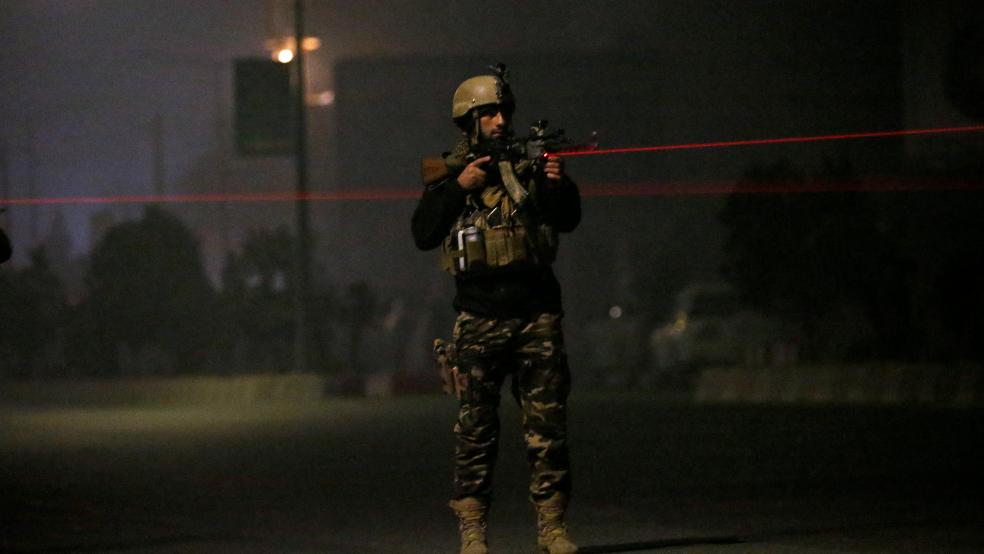John Sopko, Special Inspector General for Afghanistan Reconstruction, issued a scathing report Wednesday that examines the causes of the shocking collapse of Afghan armed forces in August 2021.
His conclusion: Despite spending $90 billion over nearly two decades to train and equip the Afghan military, the U.S. was unable to stand up an independent force, and the agreement reached between the Trump administration and the Taliban to withdraw U.S. troops — on a timetable that was delayed but ultimately enacted by the Biden administration — all but guaranteed the defeat of a military that was incapable of operating without U.S airpower and, crucially, extensive technical assistance from military contractors.
The defeat was “inevitable,” Sopko told Politico, once the decision to withdraw was announced, striking a severe blow to Afghan morale. “There was a red light blinking on Afghanistan for years saying ‘watch out,’” he said. “Once the morale collapsed, that was it.”
In short, Sopko says the U.S. constructed an Afghan military that functioned like the American one, but without any of the local support it would require. As retired General David Barno told the investigators, “We built that army to run on contractor support. Without it, it can’t function. Game over … When the contractors pulled out, it was like we pulled all the sticks out of the Jenga pile and expected it to stay up.”
One telling example: The U.S. provided the Afghan Air Force with a fleet of Black Hawk helicopters, which are more complex than the Russian-made Mi-17s the Afghan military was operating. But those Black Hawks required service by private military contractors, and the U.S. estimated that the Afghan military would be unable to function without those contractors before 2030. Soon after the contractors withdrew, the majority of Black Hawks were grounded, making it difficult to resupply troops and evacuate the wounded.
The U.S. knew that the Afghan military could not function on its own but took steps to make it look like it could to the outside world, Sopko said. “The quest to withdraw from Afghanistan dominated the United States’ military strategy, but the U.S. wanted to ensure the ANDSF [Afghan National Defense and Security Forces] had the appearance of success,” the report concludes. “In essence, the U.S. created a false reality with the ANDSF.”
Read the full SIGAR report here, as well as writeups at Politico and Roll Call.




